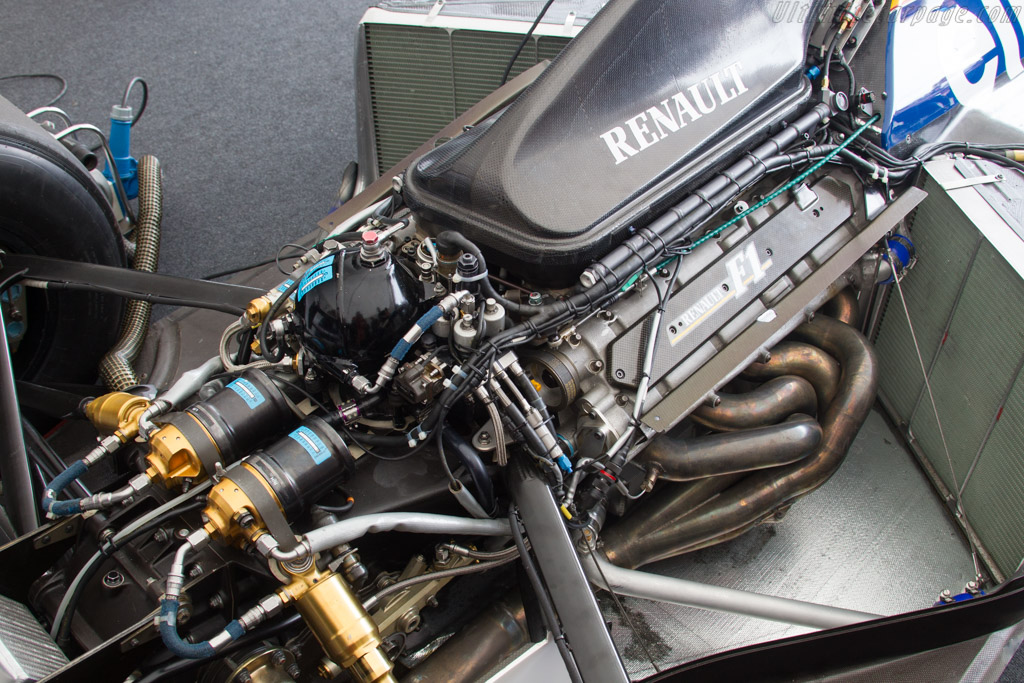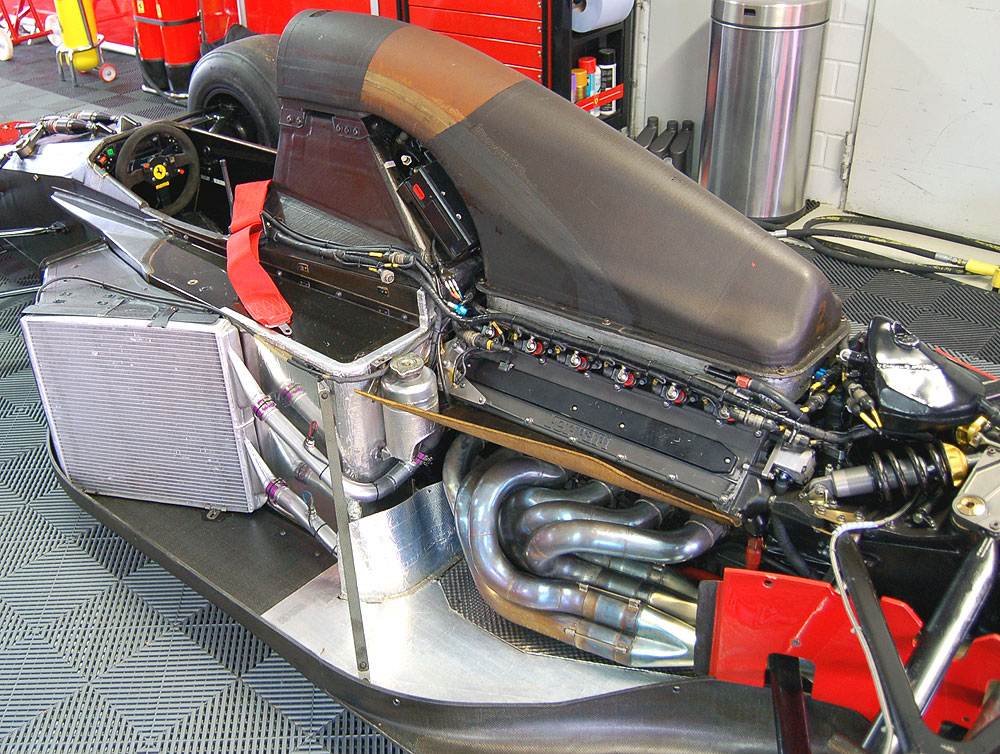Back then Racing teams had limited technology to help them understand the risks versus rewards of aero changes, so they effectively had to take educated guesses while at the circuit. Found this out whilst researching for
www.1994f1.com. “Aerodynamic experimentation in those days (1994) wasn’t sophisticated enough to understand the ride height sensitivity of aero,” explained Paddy Lowe who was at the heart of developing Williams active suspension in the early 1990’s.
“In the wind tunnel now we run ride height sweeps, steer sweeps, roll sweeps, and yaw sweeps, plus a load more. Back then, if a typical model was running different front and rear ride heights in a straight line, you were at the leading edge of sophistication. That would mean the impact of introducing a much wider range of ride heights on circuit (through not having active suspension) would be greater than people were perhaps able to deal with.” Meanwhile Pat Symonds who was with Benetton in 1994 claimed “we didn’t have aerodynamics that were super-critical on ride heights. Of course, they were critical, and always will be, but much less so than, say, the 1994 Williams."







